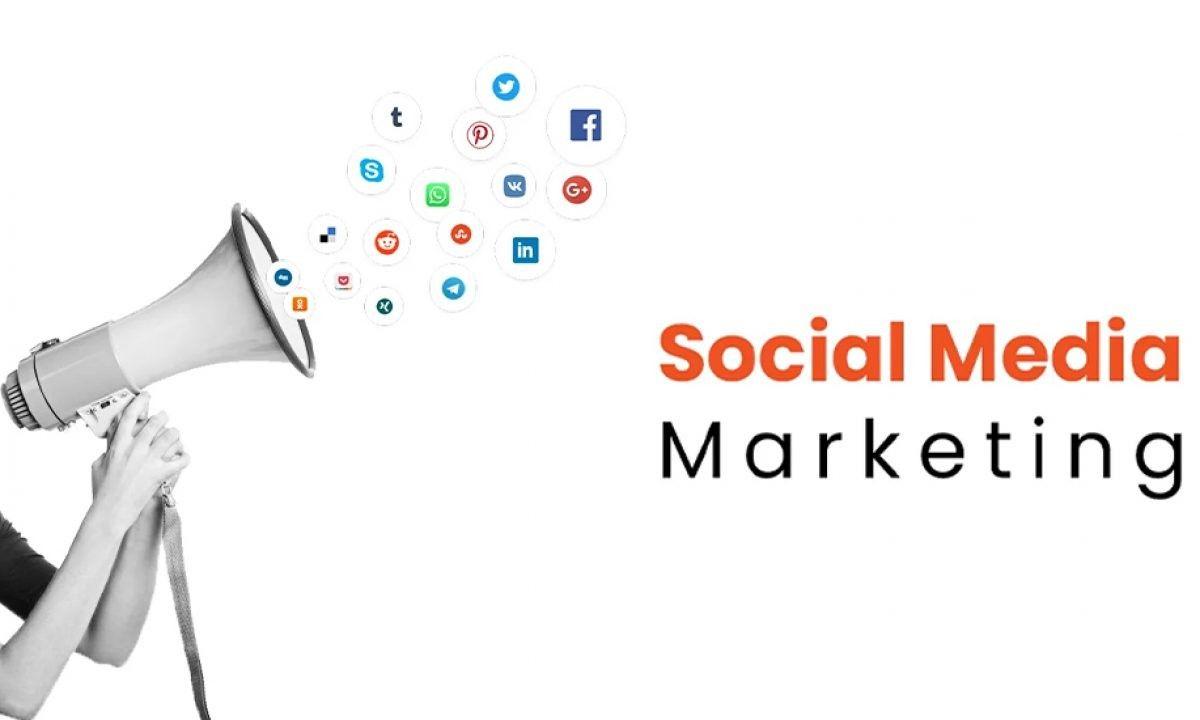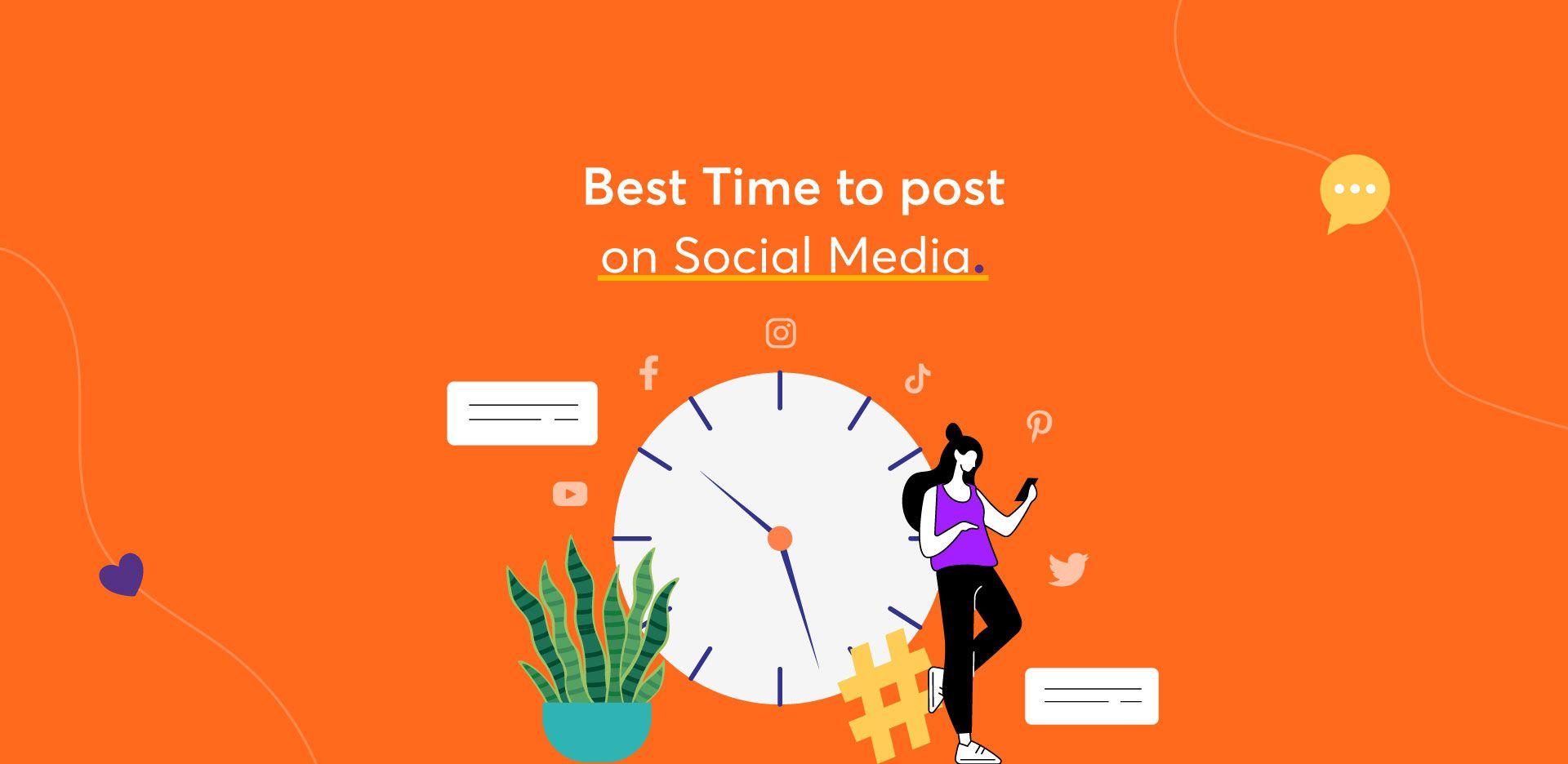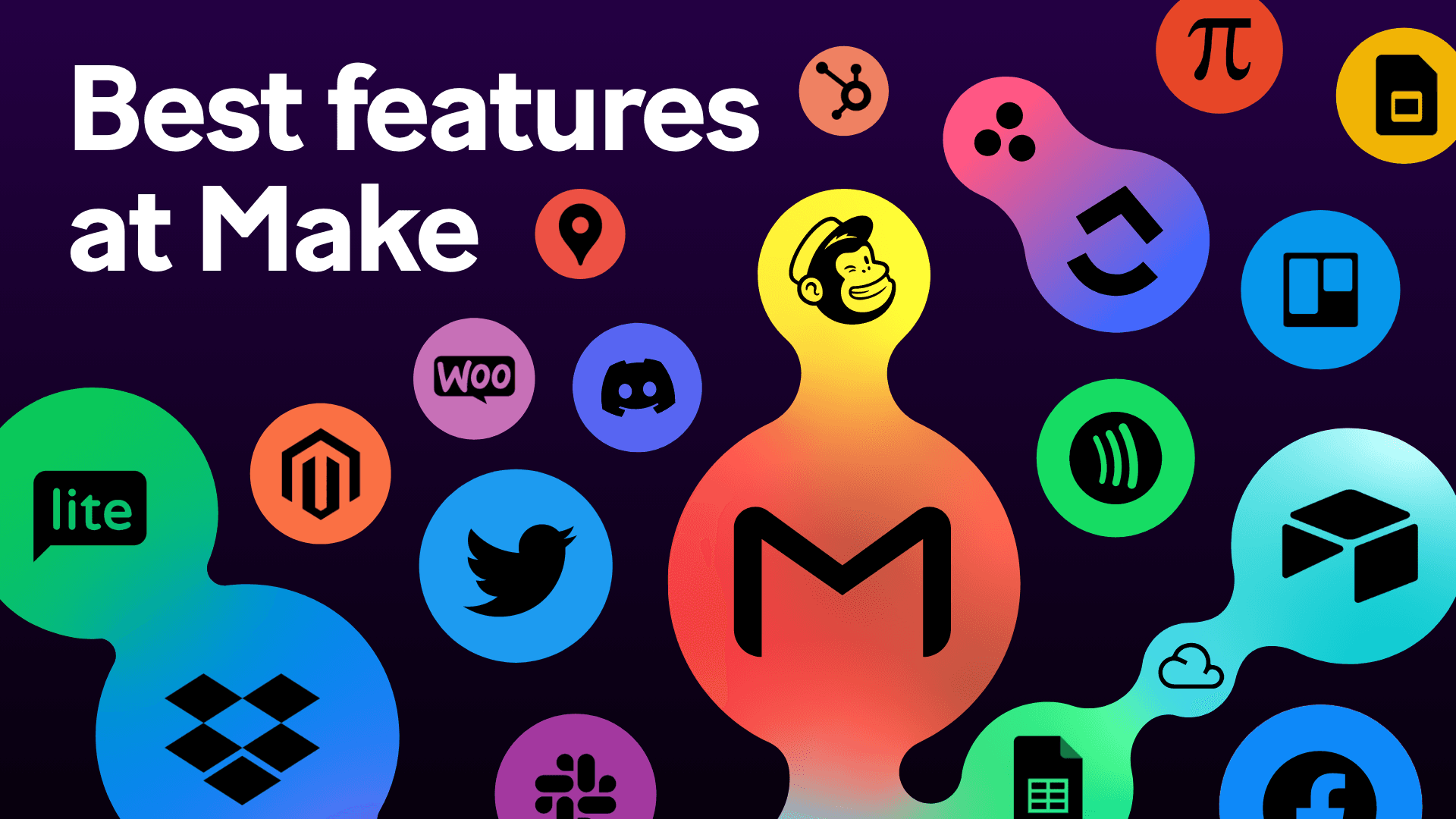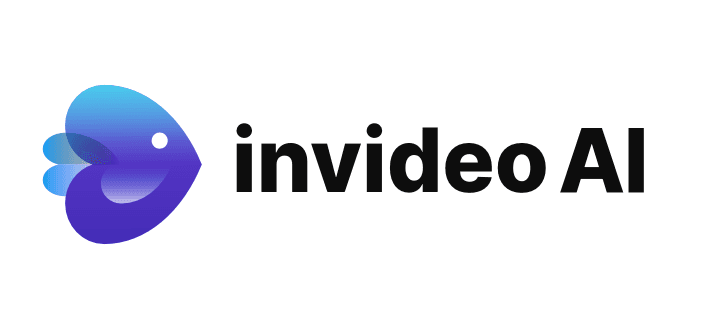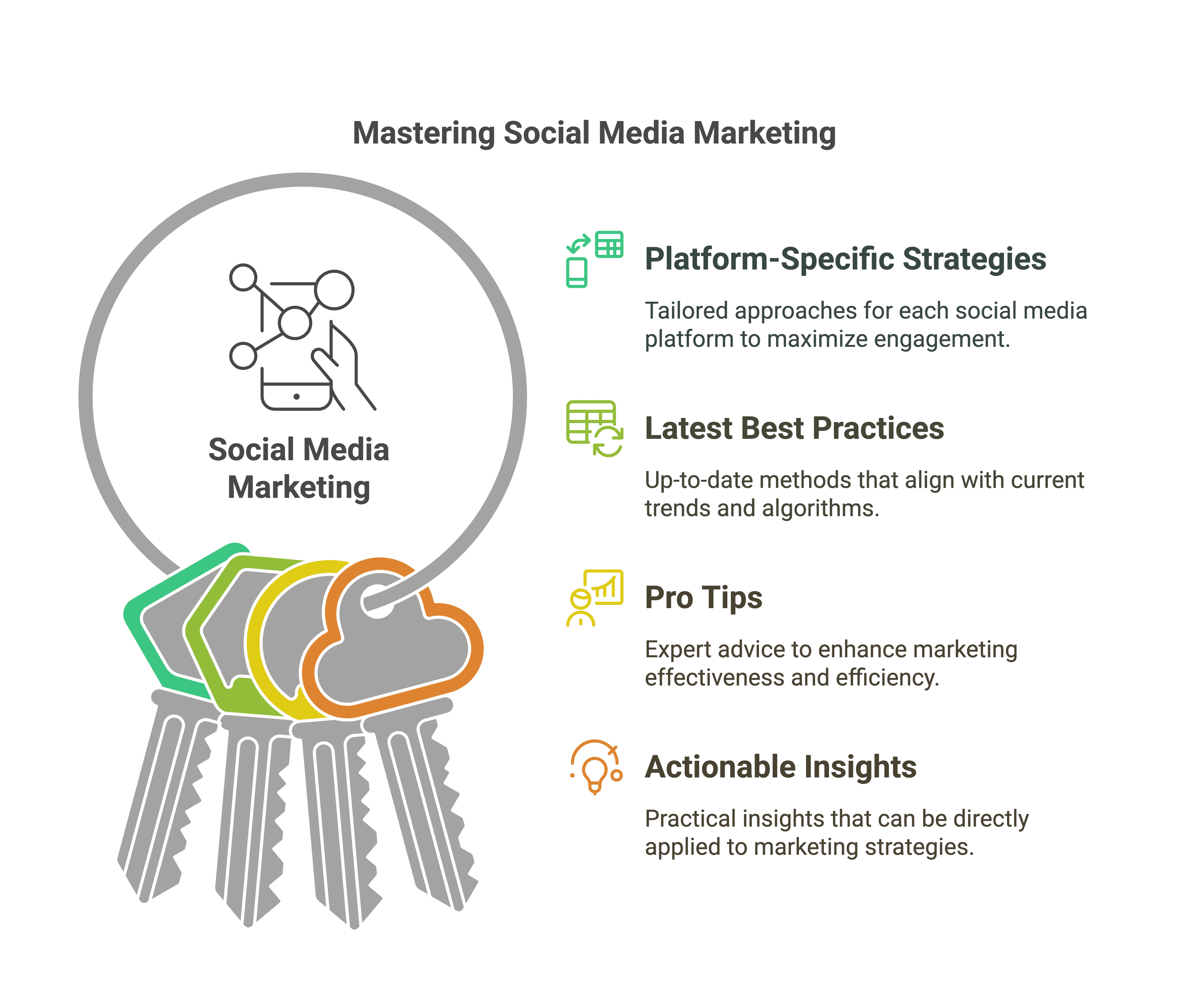
Jeff Njunge
Shiftpulse Marketers
Understanding Virality in the Digital Age[2025]
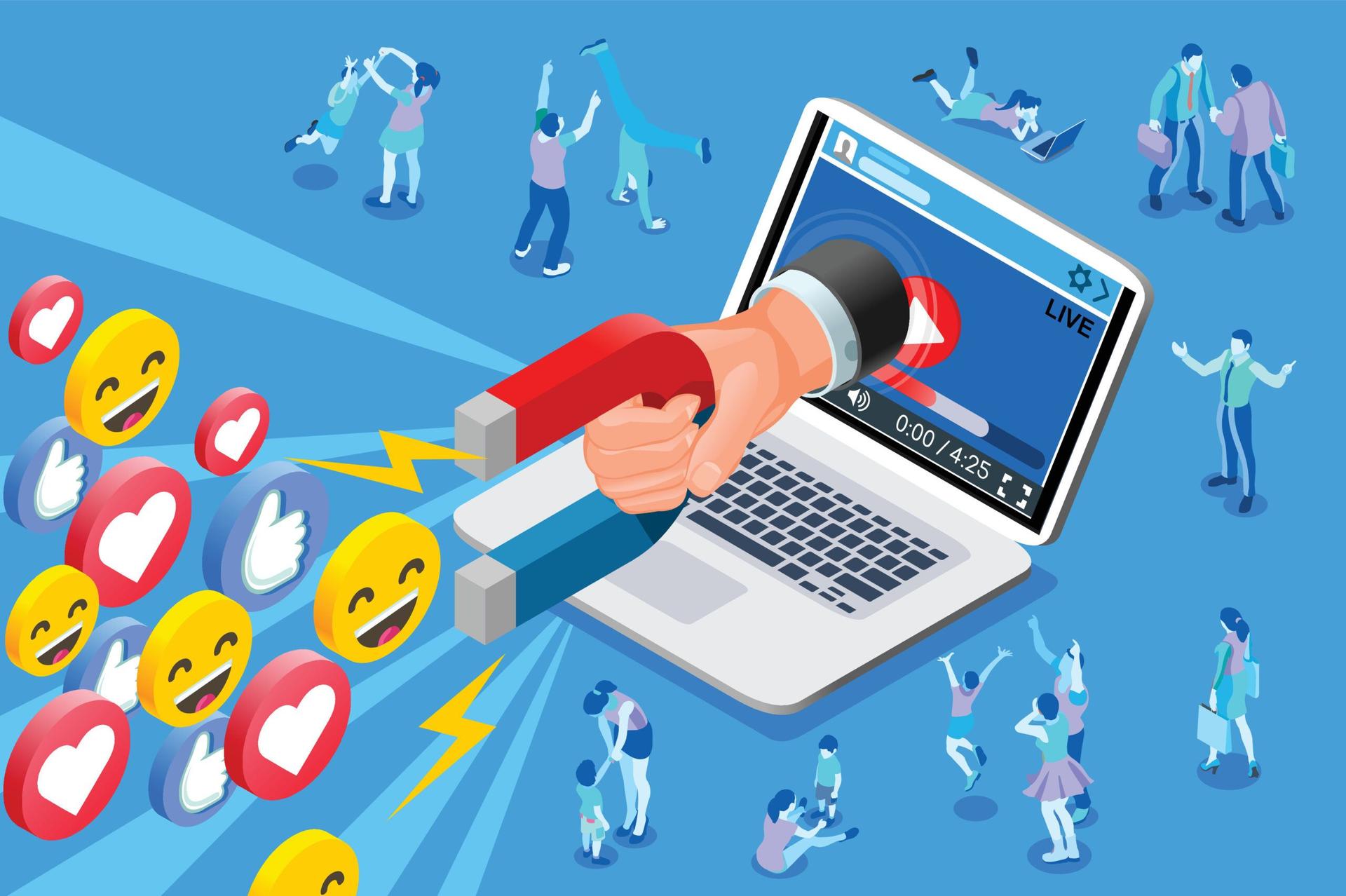
TL;DR: Virality is the rapid spread of content online, driven by emotional triggers, novelty, storytelling, and network effects. Platforms like TikTok and YouTube dominate viral trends, while Reddit and Quora discussions highlight skepticism, authenticity, and B2B marketing strategies. Success requires timing, influencer engagement, and social sharing to maximize reach.
In today's digital landscape, where information spreads like wildfire, the phenomenon of "virality" has become a captivating force. Remember the ALS Ice Bucket Challenge that flooded social media feeds with videos of people dousing themselves with icy water? That's a prime example of how quickly content can capture the attention of a massive audience, spreading rapidly through shares, likes, and engagement across online platforms and communities. While seemingly random, virality is far from arbitrary. It's orchestrated by a complex interplay of factors, including content characteristics, emotional triggers, and network effects. This in-depth analysis delves into the science behind virality, exploring its impact on businesses, ethical considerations, and key takeaways from real-world case studies and online discussions.
Defining Virality and its Evolution
Virality, at its core, refers to the rapid and widespread dissemination of information or content online1. Think of it as a digital chain reaction, where an initial source sparks a wave of shares and interactions, exponentially expanding its reach2. However, unlike the spread of a biological virus, online virality hinges on psychological and social triggers that motivate people to share and engage with content3.
The concept of virality has undergone a significant transformation since its inception. In its early days, it was primarily associated with email chains and forwarded messages2. The emergence of social media platforms like Facebook, Twitter, and Instagram injected new momentum into virality, fueled by user-generated content, influencer marketing, and the ever-increasing interconnectedness of online communities4. Today, platforms like TikTok and YouTube have become the breeding ground for viral content, with short-form videos and captivating visuals dominating the online landscape5. In fact, research shows that short-form videos have the best engagement rates, with people watching at least 27% of videos under 1 minute6.
It's important to recognize that information diffusion online isn't a monolithic process. It can be categorized into three distinct types: social spreading, self-promotion, and broadcast1. Social spreading occurs when content is shared through social connections and networks. Self-promotion involves individuals sharing their own content to gain visibility. Broadcast refers to instances where information is disseminated to a wider audience without relying on social connections or self-promotion.
Insights from Reddit and Quora Discussions
To gain a deeper understanding of public perception and discussions surrounding virality, this analysis included a dedicated research step focused on analyzing conversations on Reddit and Quora. These platforms offer valuable insights into user perspectives and real-world experiences with viral content.
Reddit:
- Skepticism towards Viral Marketing: Many Reddit users express skepticism towards the long-term effectiveness of viral marketing, emphasizing the need for sustainable strategies and authentic engagement7. One user commented, "Viral content is often celebrated for its ability to drive massive traffic and create buzz around a brand. However, the transition from viral success to sustained business growth is more complex and nuanced than it appears." 7
- Concerns about Short-Term Focus: Discussions on Reddit highlight the fleeting nature of viral trends and the importance of converting viral traffic into sustainable business growth7. Another user pointed out, "It's a kind of short-sighted growth mindset that you see all over the business world today. When you have a viral post, the numbers get bigger, and that's good. No one wants to think about the future." 7
- Emphasis on Authenticity: Redditors emphasize the need for authentic content that genuinely resonates with audiences rather than simply chasing trends or resorting to manipulative tactics8. One comment stated, "The definition of remarkable is worthy of remark aka worthy of sharing with someone - that in itself should be your guiding principle for a better chance at virality." 8
Quora:
- Focus on B2B Marketing: Quora discussions often revolve around the use of virality in B2B marketing, highlighting the platform's potential for reaching informed decision-makers9. One user explained, "B2B buyers are increasingly using social media and user-generated content to research their major purchases. The reason being, that industry publications are rife with advertisement, which makes it hard to judge a real review from one a vendor paid for." 9
- Importance of Targeting: Quora users emphasize the importance of targeted advertising and content that aligns with specific interests and research needs9. They suggest that "Quora is a site specifically built around research and self-educating. Even if you can target the right buyer profiles on a site like LinkedIn or Twitter, you can't be sure they're visiting those sites with their B2B purchasing thoughts in mind." 9
- Value of Promoted Answers: Discussions on Quora highlight the effectiveness of promoted answers for establishing credibility and organically increasing brand awareness9. One user noted that "using promoted answers can boost your signal on the site and help you establish credibility as an expert and thought leader. This in turn can organically increase awareness of your brand and products." 9
These online discussions provide valuable feedback and real-world perspectives on the challenges and opportunities associated with virality, offering guidance for businesses and content creators.
Factors Driving Virality
While predicting virality with absolute certainty remains a challenge, research has identified several key factors that contribute to a piece of content's potential to go viral:
Content Characteristics:
- Emotional Resonance: Content that evokes strong emotions, such as joy, surprise, anger, or awe, is more likely to be shared10. Emotions play a powerful role in our behavior, motivating us to connect with others by sharing experiences that resonate with us on a deeper level11.
- Novelty and Surprise: People are naturally drawn to unusual or unexpected content that disrupts their routine information processing12. This "social currency" provides engaging conversation material and encourages sharing12.
- Practical Value: Content that provides useful information, solves a problem, or offers clear benefits is more likely to be shared as a valuable resource12.
- Storytelling: Narratives that capture the imagination and are easy to retell have higher viral potential3. Stories with relatable characters, conflict, and resolution resonate with audiences and encourage sharing13.
Motivations for Sharing:
Understanding why people share content is crucial for creating viral campaigns. Research has identified six key motivations for sharing articles on social media: 14
- Information Utility: Sharing useful or helpful information with others.
- Opinion Leadership: Sharing content to express opinions or establish oneself as a thought leader.
- Emotional Impact: Sharing content that evokes strong emotions to connect with others.
- Relevance: Sharing content that is relevant to one's social circle or interests.
- Entertainment: Sharing content that is entertaining or amusing.
- Social Cohesion: Sharing content to strengthen social bonds and connections.
By incorporating these motivations into content creation, businesses and individuals can increase the likelihood of their content being shared.
Email Virality:
When it comes to email virality, informational utility and novelty play a more significant role12. People are more likely to forward emails that contain useful information or surprising news.
Social Media Virality:
On social media platforms, emotional evocativeness and content familiarity are more important for driving virality12. Content that evokes strong emotions and relates to familiar experiences is more likely to be shared and engaged with.
Network Effects:
- Influencer Marketing: When influential figures with large followings share content, it can quickly reach a wider audience, increasing the chances of virality15.
- Social Sharing: The ease with which content can be shared across different platforms plays a crucial role in its virality14. Platforms with built-in sharing features and social integration facilitate rapid dissemination.
- Community Engagement: Content that sparks conversations, encourages comments, and fosters a sense of community is more likely to go viral13. Research has shown that emotional strength, timing, and themes are the three major factors contributing to content engagement13.
The Tipping Point:
The concept of the "tipping point" is crucial for understanding how virality spreads16. It refers to the point at which a small change can trigger a significant shift in a system, leading to rapid adoption or widespread change. In the context of virality, the tipping point marks the moment when content transitions from modest spread to exponential growth. This aligns with the diffusion of innovations model, which suggests that once a certain threshold of adoption is reached, the rate of adoption accelerates rapidly.
Timing and Context:
- Cultural Relevance: Content that taps into current events, trends, or social issues has a higher chance of resonating with a wider audience3.
- Timeliness: Publishing content at the right time, when people are most active on social media or during relevant events, can significantly increase its reach15.
Case Studies of Viral Marketing Campaigns
Examining successful viral marketing campaigns provides valuable insights into the practical application of these principles:
- ALS Ice Bucket Challenge: This campaign effectively combined emotional appeal, social sharing, and a worthy cause to raise awareness and funds for ALS research17. The challenge's simplicity and visual impact encouraged widespread participation, generating millions of videos and donations17.
- TOMS #withoutshoes: This campaign tapped into social good and user-generated content by encouraging people to post photos of their bare feet with the hashtag #withoutshoes17. For each post, TOMS donated a pair of shoes to a child in need, creating a viral loop that benefited both the brand and a charitable cause17.
- Old Spice "The Man Your Man Could Smell Like": This campaign reinvented the Old Spice brand by using humor, absurdity, and direct social media engagement18. The campaign's memorable character and interactive approach resonated with a younger audience, leading to a significant increase in sales18. It also leveraged "experience-based appeals" by evoking humor and surprise, which research suggests are key drivers of virality10.
- Dollar Shave Club: This startup's quirky launch video went viral in 2012, generating thousands of orders within days3. The video's humor, authenticity, and clear value proposition resonated with consumers, establishing the brand and driving rapid growth3.
- Blendtec "Will It Blend?": This series of videos showcasing Blendtec blenders pulverizing various objects (including iPhones) went viral, demonstrating product quality and creating a strong brand identity3. The unexpected visuals and humorous approach captured audience attention and drove sales3.
These examples highlight the diverse ways brands can leverage virality to achieve marketing objectives. However, it's crucial to remember that virality is a catalyst, not a guaranteed solution3. It amplifies existing strengths and weaknesses, requiring careful planning and execution to achieve sustainable success.
The Impact of Virality
The impact of virality on businesses can be both profound and multifaceted. While often associated with a surge in website traffic and brand awareness, its long-term effects depend on strategic alignment and product quality3.
Positive Impacts:
- Increased Brand Visibility: Viral content can expose a brand to millions of potential customers within a short period, significantly increasing brand recognition and recall3.
- Boosted Website Traffic: Viral campaigns can drive a massive influx of visitors to a company's website, generating leads and potential customers3.
- Enhanced Customer Engagement: Viral content that sparks conversations and encourages interaction can foster a sense of community and strengthen customer relationships19.
- Improved Sales: While not always a direct result, virality can contribute to increased sales by generating interest and driving demand for a product or service3.
Challenges and Risks:
- Short-Term Focus: Viral trends are often fleeting, and the initial surge in attention may not translate into long-term engagement or customer loyalty3.
- Audience Misalignment: The audience attracted by viral content may not always align with a brand's target market, leading to high bounce rates and limited conversions7.
- Negative Virality: Content can go viral for the wrong reasons, potentially damaging a brand's reputation and eroding consumer trust3. It's important to note that research indicates negative virality spreads six times faster than positive content3. This underscores the importance of proactive online reputation management and effective strategies for addressing negative content.
To maximize the positive impact of virality, businesses need to:
- Align viral content with their core value proposition.
- Develop strategies to convert viral traffic into leads and customers.
- Prepare for scalability to handle sudden increases in demand.
- Prioritize authenticity and ethical considerations.
Ethical Considerations in the Age of Virality
The rapid spread of information online raises ethical concerns that require careful consideration:
- Misinformation and Disinformation: Viral content can contribute to the spread of false or misleading information, potentially causing harm to individuals and society11.
- Privacy Violations: The collection and use of personal data for viral marketing campaigns can raise privacy concerns, especially if users are not fully informed or have not given consent20.
- Cyberbullying and Online Harassment: Viral content can be used to target individuals with online harassment and bullying, leading to emotional distress and mental health issues20.
- Exploitation of Sensitive Topics: The pursuit of virality can incentivize the exploitation of sensitive social or cultural issues, potentially causing harm or offense21.
To address these ethical challenges, it's crucial to:
- Prioritize accuracy and responsible information sharing.
- Obtain informed consent for data collection and use.
- Moderate content and address online harassment.
- Avoid exploiting sensitive topics for personal gain.
Synthesis and Conclusion
This in-depth analysis has explored the multifaceted nature of virality, examining its evolution, driving factors, impact on businesses, and ethical considerations, as requested. Virality is a powerful force in the digital age, capable of rapidly spreading information and influencing public perception. While seemingly random, it is driven by a complex interplay of factors, including content characteristics, emotional triggers, and network effects. Understanding these factors is crucial for businesses and content creators seeking to harness the potential of virality.
While virality can offer significant benefits, such as increased brand visibility and customer engagement, it's essential to approach it strategically and ethically. Aligning viral content with core values, converting viral traffic into sustainable growth, and addressing ethical concerns are crucial for long-term success. It's also important to remember that virality magnifies existing strengths and weaknesses of a product or brand3.
By learning from successful case studies, analyzing online discussions, and prioritizing authenticity and ethical considerations, businesses and individuals can navigate the dynamic landscape of online virality and leverage its power for positive impact.
Works cited
1. Exploring the Complex Pattern of Information Spreading in Online Blog Communities - PMC, accessed on February 14, 2025, https://pmc.ncbi.nlm.nih.gov/articles/PMC4436014/
2. Virality as a paradigm of digital communication. Review of the concept and update of the theoretical framework - Profesional de la información, accessed on February 14, 2025, https://revista.profesionaldelainformacion.com/index.php/EPI/article/download/79455/62720/284605
3. The Science of Virality: Unraveling the Business Impact of Viral Products and Services, accessed on February 14, 2025, https://www.starthawk.io/blog/post/the-science-of-virality-unraveling-the-business-impact-of-viral-products-and-services
4. Denisova | How to Define 'Viral' for Media Studies?, accessed on February 14, 2025, https://www.westminsterpapers.org/article/id/284/
5. 60+ social media video statistics marketers need to know in 2025, accessed on February 14, 2025, https://sproutsocial.com/insights/social-media-video-statistics/
6. Video marketing statistics for your 2025 campaigns - Dash, accessed on February 14, 2025, https://www.dash.app/blog/video-marketing-statistics
7. Controversial thoughts: virality doesn't mean sales : r/DigitalMarketing - Reddit, accessed on February 14, 2025, https://www.reddit.com/r/DigitalMarketing/comments/1f1jcii/controversial_thoughts_virality_doesnt_mean_sales/
8. How did you make your product go viral? : r/marketing - Reddit, accessed on February 14, 2025, https://www.reddit.com/r/marketing/comments/1e6bpqs/how_did_you_make_your_product_go_viral/
9. The Absolute Guide to B2B Advertising on Quora - Oktopost, accessed on February 14, 2025, https://www.oktopost.com/blog/the-absolute-guide-to-b2b-advertising-on-quora/
10. The Science Behind Viral Ads: What Makes Content Spread?, accessed on February 14, 2025, https://www.jou.ufl.edu/insights/the-science-behind-viral-ads-what-makes-content-spread/
11. Influence of Viral Contents on the Rapid Spread of Information on the Social Media Platforms in Nigeria - EA Journals, accessed on February 14, 2025, https://eajournals.org/bjms/wp-content/uploads/sites/7/2024/11/Influence-of-Viral-Contents.pdf
12. Attracting Views and Going Viral: How Message Features and News-Sharing Channels Affect Health News Diffusion, accessed on February 14, 2025, https://pmc.ncbi.nlm.nih.gov/articles/PMC4591750/
13. What makes content go viral, backed by research - Search Engine Land, accessed on February 14, 2025, https://searchengineland.com/viral-content-research-447988
14. Predicting Virality of Online News Articles using Textual Content - University of Michigan, accessed on February 14, 2025, https://sled.eecs.umich.edu/media/eecs595_fa22/4_Benson.pdf
15. Virality: Going Viral: The Network Effect's Impact on Rapid Adoption - FasterCapital, accessed on February 14, 2025, https://fastercapital.com/content/Virality--Going-Viral--The-Network-Effect-s-Impact-on-Rapid-Adoption.html
16. Social Media Virality: Reaching the Tipping Point - Research leap, accessed on February 14, 2025, https://researchleap.com/social-media-virality-reaching-the-tipping-point/
17. How These Viral Marketing Campaigns Captured Millions - Mailchimp, accessed on February 14, 2025, https://mailchimp.com/resources/viral-marketing-campaigns/
18. 10 Most Viral Marketing Campaigns of the Past Decade and the Reasons Why., accessed on February 14, 2025, https://themarketinghustle.com/marketing-strategy/10-most-viral-marketing-campaigns-of-the-past-decade-and-the-reasons-why/
19. Viral Impact - Adogy, accessed on February 14, 2025, https://www.adogy.com/terms/viral-impact/
20. Ethical Issues and Challenges in Social Media: A Current Scenario | Open Access Journals, accessed on February 14, 2025, https://www.globalmediajournal.com/open-access/ethical-issues-and-challenges-in-social-media-a-current-scenario.php?aid=92953
21. Ethical Issues in Marketing: What Practices to Avoid and How - Viral Solutions, accessed on February 14, 2025, https://viralsolutions.net/ethical-issues-in-marketing/




